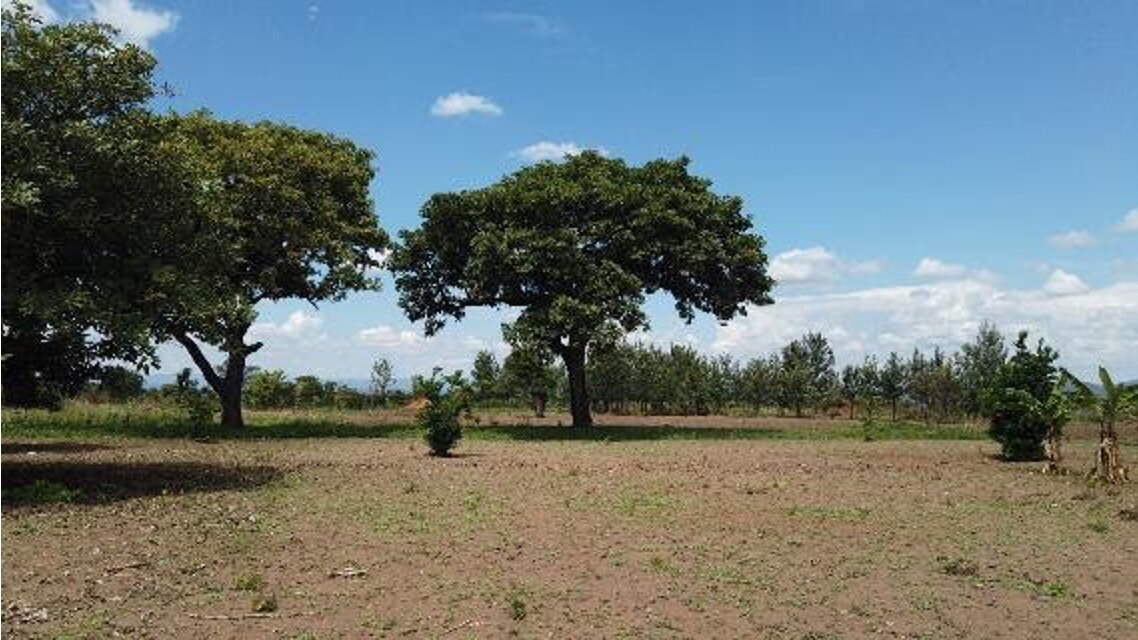Researchers from NASA were able to apply the machine learning method to analyze satellite images of North Africa. They tracked almost every one of the 9.9 billion trees growing in this arid part of the Earth.

Search for trees on satellite images
The NASA research team used a machine learning algorithm to analyze satellite images taken with a resolution of 50 cm and find each tree on them. Artificial intelligence was also able to estimate the number of leaves on a single tree and the amount of carbon contained in them.
The study was conducted for North Africa from the Atlantic coast to the Red Sea. In general, machine learning has found approximately 9.9 billion trees on this giant arid territory. This figure may seem huge, but in fact it is significantly less than the estimates that have been given for the region so far.
Artificial intelligence was first manually trained to recognize trees. For this purpose, more than 90 thousand of their images were used in the pictures. Artificial intelligence was first manually trained to recognize trees. For this purpose, more than 90 thousand trees’ images were used in the pictures.
How were trees counted in North Africa before?
In North Africa, the desert is rapidly encroaching on populated lands, and the cultivation of trees is the most important means of combating this phenomenon. Previously, their number was estimated by counting them in a small area, and then extrapolating to the entire territory.
When they tried to use satellites for this purpose, arable land and pastures gave too many false signals. An attempt to use satellites with radars also failed due to the fact that they mistook rivers and swamps for trees. They are still preserved in some regions of North Africa.
And only the use of artificial intelligence, marking each individual tree in the pictures, allowed us to establish their real number. Due to the fact that there are fewer of them than expected, scientists express strong concern.
According to their estimates, in order to resume the normal operation of the carbon cycle and reduce the content of greenhouse gases in the atmosphere, 1.2 billion hectares of the surface will already have to be planted with trees. And this is about the same as all the arable land on our planet.
According to Рhys.org.
Follow us on Twitter to get the most interesting space news in time
https://twitter.com/ust_magazine
